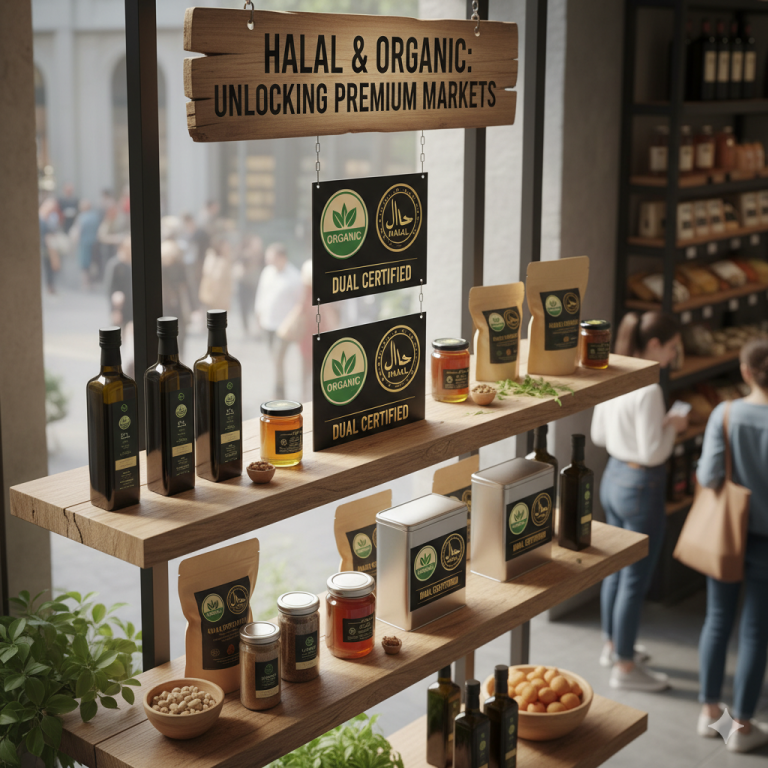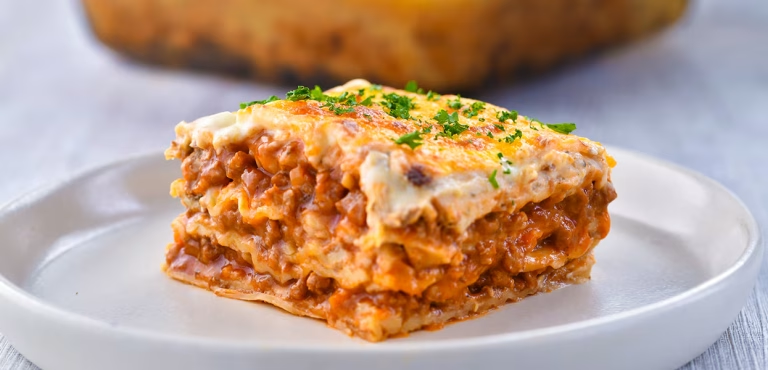How do injection molding machine improve overmolding accuracy?
Overmolding requires extreme precision to ensure part alignment, bond strength, and dimensional consistency. Injection molding machines that integrate specialized hardware, process control, and real-time monitoring play a key role in achieving tight overmolding accuracy. Several key strategies that injection molding machines use to improve overmolding accuracy include multi-material injection units, robotic part handling, mold temperature control, and adaptive process adjustments.
Injection molding machine equipped with dual injection units for precise material sequencing
The configuration of dual or multi-material injection units on an injection molding machine is a key factor in overmolding accuracy. These machines are equipped with two independent barrels for substrate and overmolding materials, respectively, with independent temperature control and shot metering. By precisely controlling the melt delivery sequence, operators can ensure that the substrate reaches the first mold chuck at the optimal temperature and that the overmolding material is immediately filled without delay.
For example, plastic injection molding machines equipped with valve hot runners can achieve zero-waste changeover between materials, maintaining consistency from shot to shot. Programmable shot volume, back pressure profiles, and screw recovery parameters not only prevent material cross-contamination but also maintain substrate surface finish. As a result, this process maximizes overmolding adhesion and minimizes flash, thereby boosting accuracy and throughput.
Robotic Part Handling for Injection Molding Machine for Consistent Overmolding
Manual transfer of substrates between injection molding stages can lead to misalignment and inconsistent cycle times. By integrating a six-axis industrial robot directly onto an injection molding machine, manufacturers can automate pick-and-place operations with repeatability of less than 0.1 mm. End-of-line tooling, custom-designed for each substrate geometry, ensures consistent positioning and fixturing within the overmolding cavity, ensuring optimal results.
Additionally, the robot controller and injection molding machine’s PLC exchange synchronized signals to initiate overmolding injection only after vision sensors confirm precise substrate positioning. This tight electromechanical integration eliminates human error, enabling high-speed overmolding operations without compromising accuracy.
Mold Temperature Controllers for Uniform Overmolding Bonding
Mold temperature directly affects the interfacial bond strength and flow line consistency of overmolded parts. Using a high-precision mold temperature controller on the injection molding machine ensures uniform cavity surface temperature before the substrate and overmolding stages. By tailoring the temperature profile to each material, ideal wetting of the melt substrate is promoted and premature skinning is prevented.
Multi-zone controllers enable differentiated heating in the core, cavity, and runner areas, optimizing material flow and cooling. This thermal consistency enables sharper, more uniform overmolded edges and significantly reduces the risk of warpage and delamination.
Leverage the machine’s servo-driven precision for precise shot control.
Servo-driven injection units on plastic injection molding machines offer unparalleled injection speed and position control, which is crucial for achieving overmolding accuracy. Servo hydraulics enable the fine-tuning of speed and pressure profiles to maintain a steady melt front advancement in complex gates and thin-walled parts. When overmolding elastomers onto rigid thermoplastics, these machines seamlessly regulate the transition from fast filling to low-pressure holding phases, preventing substrate washout or bubble formation.
In addition, stroke-by-stroke servo feedback ensures that each overmolding shot is accurate to the programmed set point within ±0.1 mm and ±1 bar, guaranteeing repeatable shot size and clamp force.
Online Process Monitoring and Adaptive Control
Real-time monitoring transforms the injection molding machine into a self-optimizing overmolding platform. Sensors embedded in the mold measure cavity pressure, temperature, and strain, and transmit data to the machine’s control system, which dynamically adjusts parameters to correct deviations. For example, if cavity pressure drops by 5% during overmolding packing, the control algorithm can immediately increase packing pressure for the next cycle, eliminating the deviation before it affects part quality.
Machine learning modules analyze cycle-to-cycle data trends to predict when process parameters will exceed established control limits. Operators maintain overmolding accuracy by setting alarm thresholds and automatic corrections, even amid fluctuating environmental conditions or resin batch variations.
Mastering Overmolding Accuracy
Improving overmolding accuracy on an injection molding machine requires a comprehensive strategy, encompassing dual-injection units, robotic integration, mold temperature control, servo drive accuracy, real-time adaptive monitoring, and rigorous maintenance practices. By systematically adopting these seven advanced technologies, manufacturers can produce complex, multi-material parts with precise alignment, bond integrity, and surface quality while simultaneously enhancing production efficiency.







